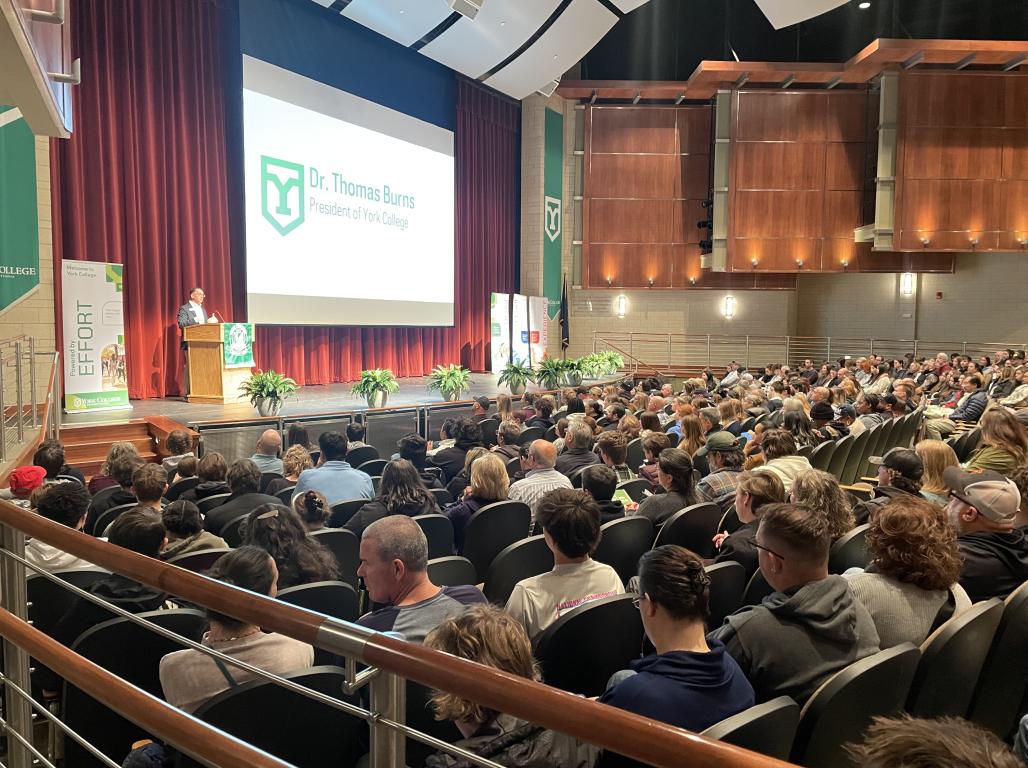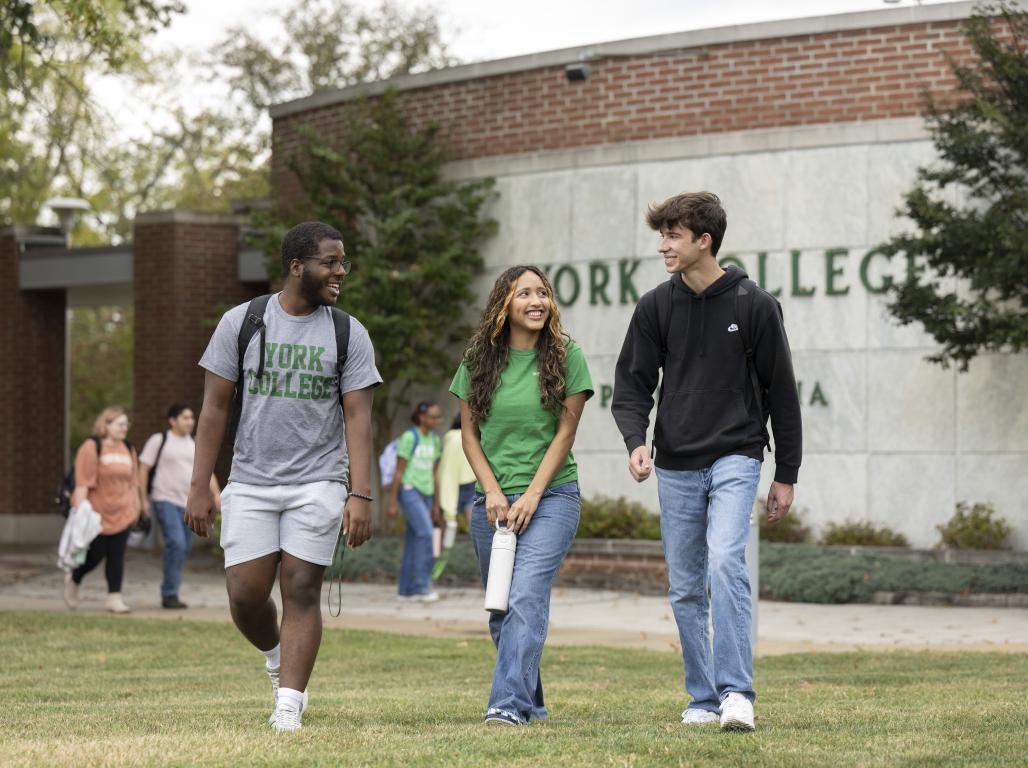When Creativity and AI Collide: Generative Intelligence and Digital Art

Generative AI is one of the world’s latest and greatest innovations. The cutting-edge technology uses a machine learning model to create content based on patterns it identifies within its inputs.
For example, if you ask ChatGPT, currently the most widely known of these programs: What is the most important factor in making a good turkey sandwich? — it will use its numerous inputs to inform you that moisture balance should be the top priority. Reasonable enough, but perhaps expected from such a simple prompt. What happens when we apply AI practices to something more abstract? This is exactly what today’s digital artists are exploring as AI programs have continued to work their way into the mainstream of visual media.
“AI Isn’t Creative”
When it comes to art, creativity can express the creator’s lived experience, showcase their community, or display their imagination. Subjective emotions and ideas are expressed to their fullest extent with the nature of creativity. It manifests itself in our core; it’s part of what makes us human and what distinguishes us from one another. So where does AI fit into that process?
“AI isn’t creative—it’s a tool that extends human creativity, like a set of robot arms assisting but not directing the work,” says Ry Fryar, M.F.A., Assistant Professor of Art at York College of Pennsylvania and a professor in the College’s new Digital Art and AI program.
Rather than displacing creative professionals and artists, Fryar believes artificial intelligence will actually make creative thinkers and makers more important. It removes the barriers that have long required creatives to learn and pay for complex software programs and related technology.
“It frees them to focus on higher-level ideas and decisions.”
Free AI Art Generators Lead the Way
AI-generated art became mainstream with OpenAI’s Dall E, which broke barriers as the first program able to turn text prompts into generated images.
Revolutionary for artists around the world, it unlocked never-before-imagined avenues for creativity. Hundreds of programs like it exist now, with many offering user-friendly interfaces with free access. Digital artists have a variety of free options:
- Nightcafe
- Midjourney AI
- Magic Studio
- Perchance
- Civitai
- Google’s Gemini
- Craiyon
- Microsoft Designer
- Adobe Firefly
- Canva
These are just a few of the free AI art generators developed over the past few years with the goal of providing a new, more accessible pathway into the world of digital art, and they are just the tip of an iceberg of opportunity for creatives.
Creativity Begins Where AI Ends
While it presents a world of possibilities at our fingertips, Fryar argues that AI has its limits. The process isn’t as simple as texting a robot about the painting you want it to make. “It’s already easy to spot when an AI has produced a complex image or music without much human direction,” explains Fryar. “The novelty is wearing off.”
While generative AI technology has impressed people worldwide, he believes it’s best used as a tool that can boost human abilities — not replace them.
“To create high-quality work, it’s clear that digital creatives will need to master prompt engineering just as carefully as they’ve mastered an analog brush or a musical instrument.”
In this way, AI and creativity are mutually exclusive. AI cannot embody creative traits, nor can it conceptualize anything truly original. “AI can generate original things at high speed and offer a thousand options, but it lacks the judgment to pick the one with real potential,” says Fryar. “Without a creative human to make decisions, AI’s work, while impressive, starts to look repetitive and similar to itself. AI pulls from what’s already been done and combines it in new ways. It mimics creativity but doesn’t feel or think. The real difference between AI and human work is intention. AI can assist, but it doesn’t replace the necessity of human creativity and expression.”
Integrating AI and Human Creativity
The future of AI in creative industries is still open-ended, but it is certainly making an impact on the longstanding practices that have defined the field. Now that the artistic community is beginning to move past their initial awe over AI’s image-generating capabilities, amateur artists and professionals alike are discovering new opportunities to apply the innovation to their work. Programs like Dall E or Midjourney offer “a faster, more efficient way to create,” explains Fryar.
AI offers rapid-fire brainstorming for tackling visual problems. In seconds, these programs can generate dozens, if not hundreds of options for a creator. The defining factor is that the human on the other end of the keyboard decides which idea is best to implement and how to move forward.
As generative AI becomes more mainstream, production studios have increasingly leaned on AI artwork for their marketing, and graphics teams have started understanding the upper hand these technologies provide.
Art schools, colleges, and universities around the globe are now integrating AI curriculum into their digital arts courses. Various types of AI and generative models are commercially available to support every budding digital artist — from minor tasks like using generative fill to adjust a preexisting piece, to more comprehensive tasks such as generating entire works of art.
One of the many advantages Fryar sees in new AI tools is the ability to automate routine tasks, allowing the artist to focus more on the art itself. When artists have to worry less about brainstorming ideas, sketching visual solutions, or previewing opportunities, they can dedicate more effort to their creation and process.
Most powerfully, Fryar argues, they can iterate.
“Quickly cycling through initial ideas, gathering feedback, and making adjustments in real time. This ability to brainstorm and refine at such speed is something we’ve never had before.”
The best use cases for each artist looking to use AI in creation will differ depending on their wants and needs as a digital creator, and what works great for one might totally sink the creative process of another. Even Fryar admits, “I don’t know the full impact of [AI’s] ability to workshop so fast, but it’ll radically change how we approach digital projects, giving us something close to a creative superpower.”
The Future of Creativity with AI Technology
Fryar is still grappling with two of the biggest unanswered questions about AI-generated art—questions that are sure to be points of contention within the creative community in the coming years:
- Who owns AI-generated artwork?
- Does the ease with which this art can be made result in a loss of personal connection?
Those discussions now dominate scholarly conversations in almost every industry, and the questions pertaining to AI’s role in creative practices can’t be avoided. Generative AI has cracked the digital art world wide open. Questions of ownership and ethics are still being raised, even as the public comes to accept that AI-generated art is here to stay. Creators are now constantly developing new techniques and methods that will expand the potential for machine learning in the field.
“We’ll also need to raise our standards, both as creators and consumers of art. We’ll expect more, and we’ll do more. The process of adapting to this new environment will be exciting and will extend our creative reach far beyond what we’ve known.”




